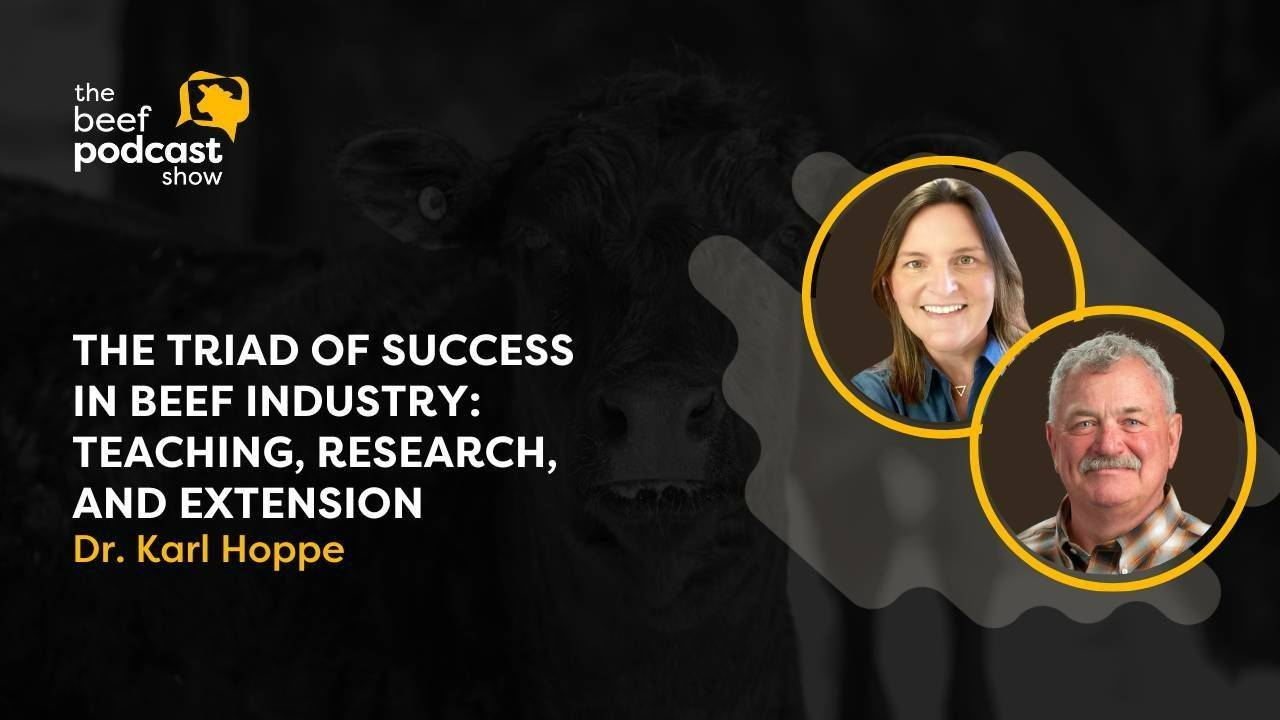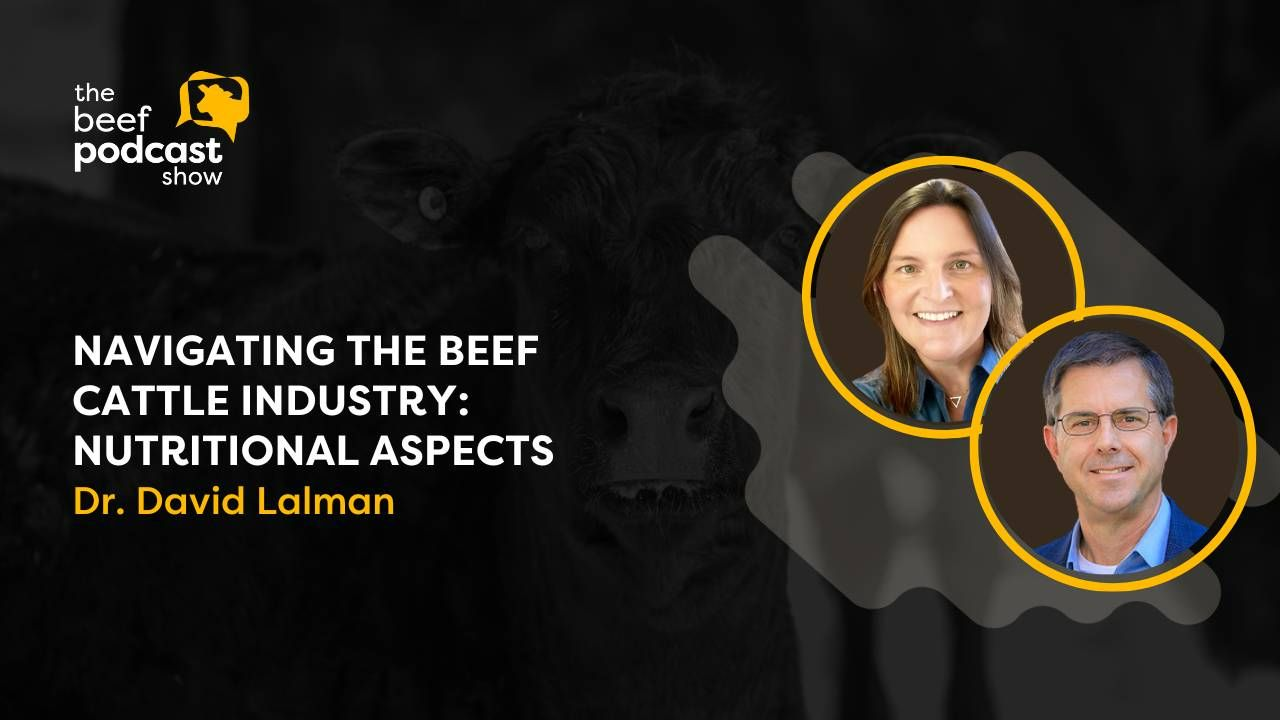The US beef industry has been shifting towards larger, consolidated operations that are more automated, technological, and have a growing number of feedlots to provide grain-based diets for fattening cattle. Additionally, sustainability concerns have prompted an increased focus on improving animal living conditions and reducing environmental impacts. As a result of those changes, the beef industry is now more efficient and productive, as well as ethically and environmentally concerned than ever....
In the breeding of beef cattle, animals with desirable traits are selected and bred to produce offspring with improved meat-producing qualities. This process involves identifying the characteristics which are needed for meat production, such as growth rate and muscle development, and selecting the animals that exhibit these characteristics. Additionally, a good breeding program often decides which animals are to mate with each other based on their weight, feed efficiency, and genetic information...
A successful breeding program depends on understanding the onset of pregnancy in beef herds. Monitoring heat cycles, observing the right timing for insemination, and identifying/addressing fertility problems are all parts of this process. Artificial Insemination (AI), for example, can increase pregnancy rates and improve genetic progress in beef herds. Indeed, the beef industry has been using reproductive technologies at an increasing rate, such as in vitro fertilization and genomic selection. I...
The combination of teaching, research, and extension makes the beef industry more efficient, profitable, and sustainable. That is because those three pillars provide farmers, ranchers, and students with the knowledge and tools they need to succeed – and take the industry with them. In this episode, Dr. Karl Hoppe discusses his experience working with beef production as a professor, researcher, and extensionist, and the way that can impact both the industry itself and society.
What you’l...
From direct-to-consumer beef business to cow-calf operations, Dr. Ryan Rhoades gives us an overview of the steps he took to succeed in the beef business, the decisions he made to grow his business, and the downsides he had to handle along the way. In addition, he shares all the knowledge about ranching he has obtained over the years and the challenges that producers face – in other words, some key points to which we should pay attention if we want to make a profit.
What you’ll learn:
1...
The US cattle production is a complex multi-segment industry that counts with the participation of several parties, from the time the cattle are weaned to the time they are slaughtered. That is what is under the spotlight in this episode, in which Dr. David Lalman discusses the beef cattle industry – especially the stocker cattle segment. Additionally, he discusses research on the nutritional aspects of beef production, beef cattle grazing, genetic-environmental interactions in beef production s...
The combination of high costs for pasture and drought conditions in Nebraska have led producers to bring cows into confinement, at least during a certain period of the year. However, that kind of management has some consequences, such as micronutrient deficiencies and disorders – observed as vitamin A clinical and subclinical signs, grass tetany, and nitrate toxicity. In this episode, Dr. Mary Drewnoski explains some of the most recent research conducted on what producers have been observing on ...









